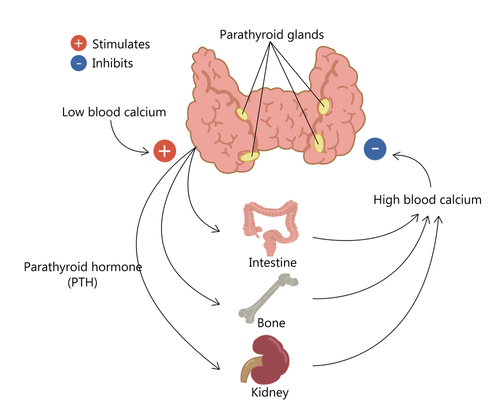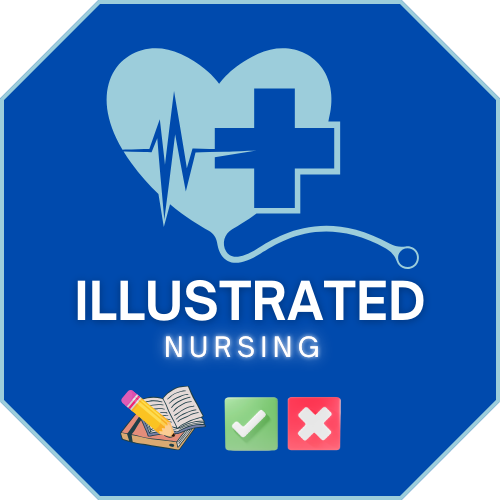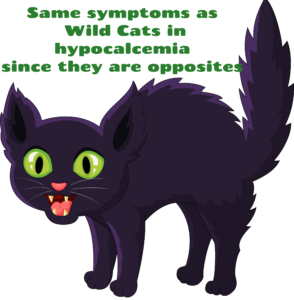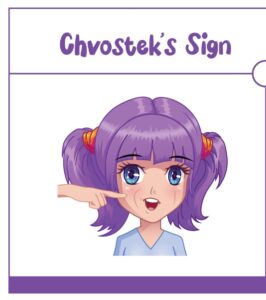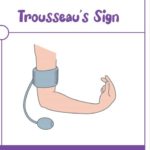Phosphorus
Hypophosphatemia under 2.5 mg/dl
Causes of hyposphosphatemia
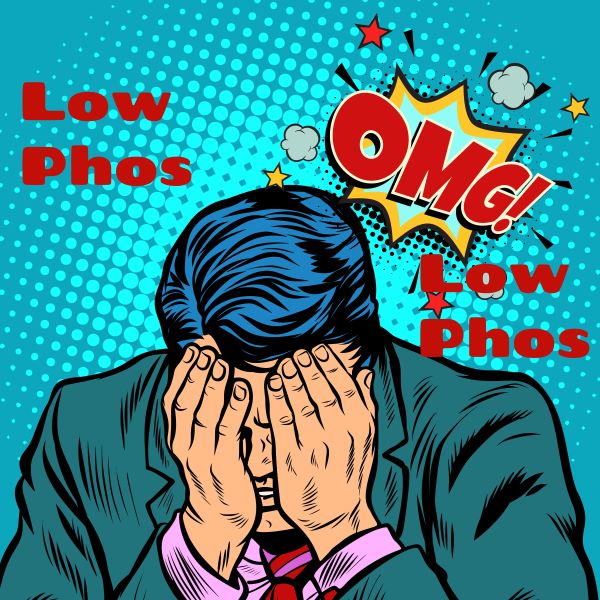
Starvation- not enough intake. True of most electrolytes!
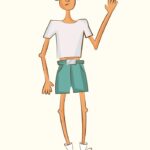
- Hyperparathyroidism: Causes increased phosphorus excretion.
- Never ever forget that calcium and phosphorus are opposites.
- Parathyroid goal is to increase calcium. PTH works on the kidney to reabsorb calcium and excrete phosphorus. Hyperparathyroid excessively increases calcium; therefore it’ll ↓ phos
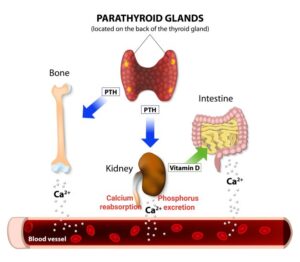
Antacids with aluminum, calcium, or magnesium bind to phosphorus in the gut preventing its absorption.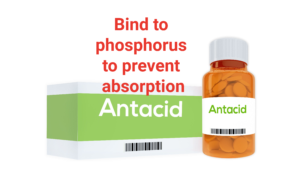
- Malnutrition (Alcoholism)
- Malignancy (Cancer)
- Elevated Cacium
- Don’t forget the OPPOSITE relationship due to PTH working on kidney to reabsorb calcium and excrete phosphorus!
- Excessive intake of binders. Renal failure clients must take binders such as sevelamer and calcium acetate to lower their phosphorus. Well, if renal clients are taking excessive amounts of binders to lower their phosphorus, they will develop hypophosphatemia.
Signs and Symptoms of hypophosphatemia
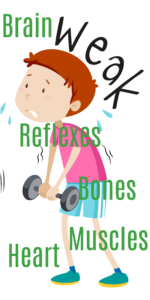
- Weak muscles (breathing muscles weak).
Watch respiratory systems - Shallow breathing
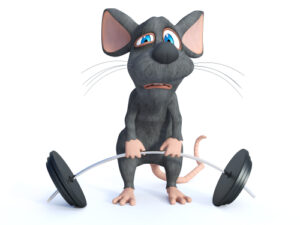
Weak deep tendon reflexes
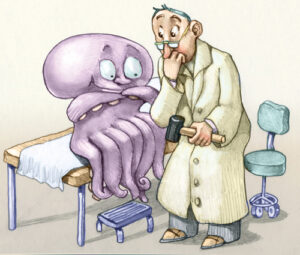
Decreased cardiac output. Decreased contractility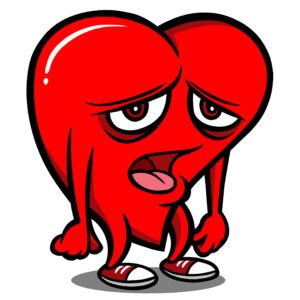
Osteomalacia= softening of the bones
Risk for fractures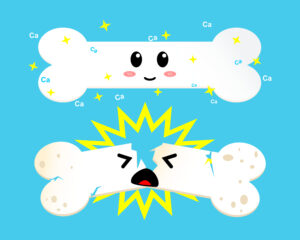
- Immunosuppression ⇒ thrombocytopenia
- ⇓ Platelets ⇑Bleeding
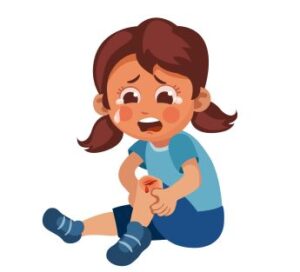
Confusion, irritability and seizures
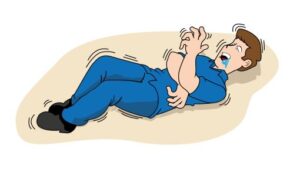
Interventions for Hypophosphatemia
Give oral phosphorus and vitamin D. Yes, vitamin D increases the absorption of both calcium and phosphorus.
- Must have good kidney function
- Give only if level < 1 mg/dl
- Give slowly to prevent rebound hyperphosphatemia
- Heart- for decreased cardiac output
- Respiratory (muscle weakness). Weak breathing.
- Bone- risk for fractures
- CNS=Seizures precautions
- Immunosuppression = ⇓ Platelets. Watch for bleeding
Fall precautions
Foods high in phosphorus: beans, lentils, nuts, pork, fish, chicken, whole grains, organ meats, turkey, seafood, and dairy products.
Hyperphosphatemia over 4.5 mg/dl
Causes of hyperphosphatemia
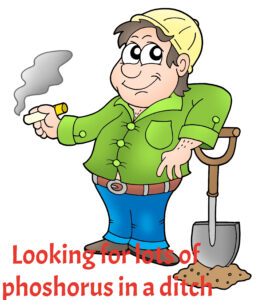
Decreased renal excretion such as in renal failure. Renal failure clients tend to have elevated phosphorus and must take phosphorus binders
- Increased intake.
- Overuse of phosphate-containing laxatives or enemas
- Tumor Lysis syndrome
- Tumor lysis syndrome occurs when tumor cells release their contents into the bloodstream, either spontaneously or in response to therapy, leading to the characteristic findings of hyperuricemia, hyperkalemia, hyperphosphatemia, and hypocalcemia.
- Calcium Low
- Calcium and phosphorus are OPPOSITES
- Hypocalcemia usually occurs with Hyperphosphatemia!
- Hypoparathyroidism
- Remember that the goal of the parathyroid gland is to increase calcium. In hypoparathyroidism, hypocalcemia occurs. Calcium and phosphorus are opposites. Low calcium⇒ high phosphorus!
Signs and Symptoms of hyperphosphatemia
Opposites means that they occur at the same time for the most part. Nothing is perfect science
Nursing Care to treat hyperphosphatemia
Give with food. Remember, it is a binder. Food must be present to bind phosphorus
Also called Phos lo. Give with food since it works by “binding;” hence, a phosphorus binder. Notice that it is calcium acetate; that is, it will increase calcium. It also helps with the hypocalcemia often seen renal failure.
Avoid foods high in phosphorus
Foods high in phosphorus: beans, lentils, nuts, pork, fish, chicken, whole grains, organ meats, turkey, seafood, and dairy products.
Hyperphosphotemia and hypocalcemia usually come together. If you increase calcium, you will likely decrease phosphorus.
And any phosphate-containing medication.
- The parathyroid gland’s goal is to increase calcium.
- Hypoparathyroidism = ↓ calcium and ↑ phosphorus
- Hyperparathyroidism = ↑ calcium and ↓ phosphorus
